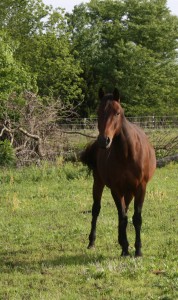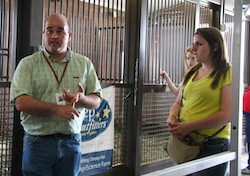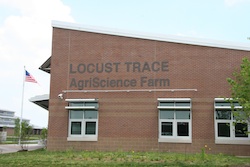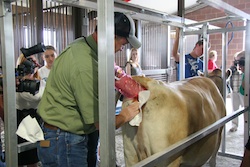USDA is pondering the future of crop report release times in light of movement toward 24-hour trading.
 USDA is reviewing release times for several major statistical reports due to recent changes in market hours by major commodity exchanges. The National Agricultural Statistics Service (NASS) and the World Agricultural Outlook Board (WAOB), the USDA entities responsible for the reports, will seek public comment on the release times and procedures of their key statistical reports. In the coming weeks, USDA expects to publish a notice in the Federal Register advising the public of the comment period. USDA is reviewing release times of the following statistical reports: World Agricultural Supply and Demand Estimates, Acreage, Cattle, Cattle on Feed, Crop Production, Grain Stocks, Prospective Plantings, Quarterly Hogs and Pigs, and Small Grain Summary. The current USDA release times of 8:30 a.m. and 3:00 p.m. ET will remain in effect until further notice.
USDA is reviewing release times for several major statistical reports due to recent changes in market hours by major commodity exchanges. The National Agricultural Statistics Service (NASS) and the World Agricultural Outlook Board (WAOB), the USDA entities responsible for the reports, will seek public comment on the release times and procedures of their key statistical reports. In the coming weeks, USDA expects to publish a notice in the Federal Register advising the public of the comment period. USDA is reviewing release times of the following statistical reports: World Agricultural Supply and Demand Estimates, Acreage, Cattle, Cattle on Feed, Crop Production, Grain Stocks, Prospective Plantings, Quarterly Hogs and Pigs, and Small Grain Summary. The current USDA release times of 8:30 a.m. and 3:00 p.m. ET will remain in effect until further notice.
“It is important that USDA continue to ensure the integrity of its report release process, particularly as global exchanges move closer to 24-hour trading,” said USDA Chief Economist Joe Glauber. “To this end, USDA is reviewing our procedures and will solicit public input to determine the needs of those who use our data.”
Some options being considered include changing the reports to the afternoon or running them on weekends to take them out of live trading time. The Chicago Mercantile Exchange just started electronic trading 21 hours a day and intends to offer expanded floor trading hours for CBOT grain and oilseed futures and options during major crop reports, pending CFTC certification. According to CME, the floor trading open would be “changed to 7:20 a.m. CST from 9:30 a.m. CST on mornings of specified reports beginning June 12, 2012 for the USDA WASDE and Crop Production reports.”
In a recent letter to the chairman of the Commodity Futures Trading Commission, the National Corn Growers Association requested a 30-day public comment period before grain traders are allowed 22-hour-per-day electronic trading of grain and oilseed futures contracts. NCGA believes it is important for CFTC to take input and further analyze the proposals from the Intercontinental Exchange (ICE) and the CME Group. “As currently formulated, both ICE’s plans for new contracts with greatly expanded trading hours and the CME Group’s plans to expand hours raise serious issues that potentially place the Nation’s corn growers at a marketing disadvantage,” wrote NCGA President Garry Niemeyer.
NCGA is concerned that extended trading hours could lead to “extreme” market volatility and problems for growers who track the futures to make marketing decisions.
 The Wisconsin Agri-Business Association is proud to announce the employment of Tom Bressner as the Executive Director of the new association.
The Wisconsin Agri-Business Association is proud to announce the employment of Tom Bressner as the Executive Director of the new association. 







 How would you go about building a megabrand? Alltech has some ideas. Eight of them to be precise.
How would you go about building a megabrand? Alltech has some ideas. Eight of them to be precise.



